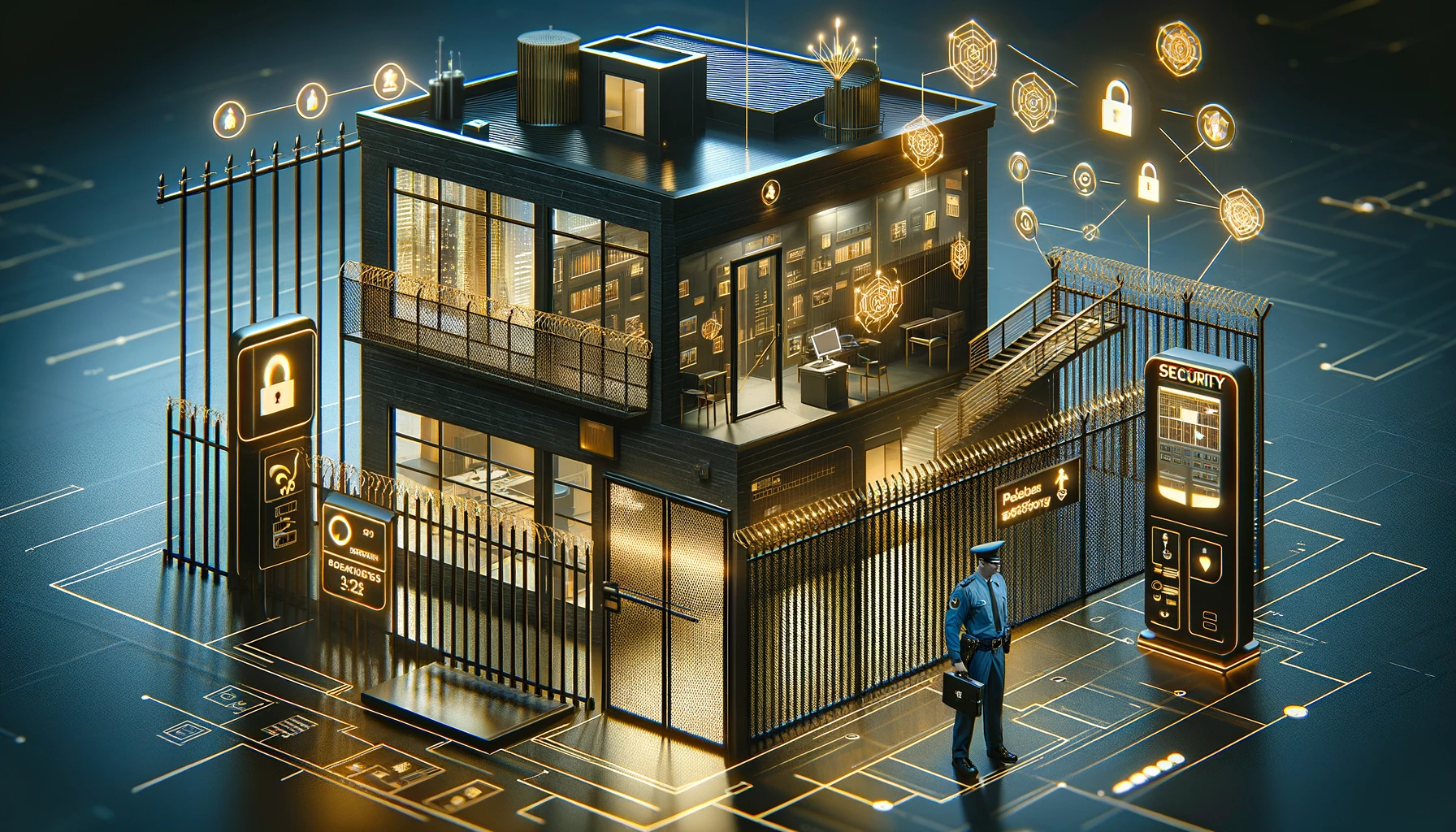In the grand scheme of building security, the role of physical measures is akin to the foundation of a fortress. It's all about creating layers of defense that deter, delay, and detect unauthorized access. For property managers, chief security officers, and security company hiring managers, understanding how to effectively employ physical barriers, locks, and security guards is crucial in crafting a comprehensive security strategy. So, let's break down these components, keeping our discussion casual yet packed with actionable insights.
The Role of Physical Barriers
Physical barriers serve as the first line of defense in building security. They're not just about keeping unwanted visitors out; they're about signaling that your property is protected.
Types of Physical Barriers
-
Fencing: High fences, preferably with anti-climb features such as spikes or barbed wire, can deter intruders.
-
Bollards and Barriers: These are especially useful for controlling vehicle access, protecting against ram-raiding or accidental damage.
-
Landscaping: Strategic use of thorny bushes, rocks, and even water features can act as natural deterrents.
Best Practices
-
Visibility: Ensure barriers do not obstruct the view of the building from the outside. Visibility allows for natural surveillance by passersby and law enforcement.
-
Aesthetics: Barriers should enhance, not detract from, the property's appearance. Creative design can make security features look like natural parts of the landscape.
Locks: The Key to Secure Entry Points
Locks are the most basic, yet critical, element of a building's physical security. The right locks can significantly enhance the security of doors, windows, and other entry points.
Types of Locks
-
Deadbolts: Offer superior protection against forceful entry compared to spring bolt locks.
-
Electronic Locks: Provide keyless entry, allowing for more control over who has access and when.
-
Smart Locks: Can be integrated with building management systems for remote control and monitoring.
Best Practices
-
Quality Over Quantity: Invest in high-quality locks that are resistant to picking, drilling, and bumping.
-
Regular Maintenance: Locks should be regularly checked and maintained to ensure they function correctly.
-
Layered Security: Combine locks with other security measures, such as security cameras or alarm systems, for enhanced protection.
Security Guards: The Human Element
While technology and physical barriers play a significant role in building security, the presence of security guards adds a critical human element.
Roles of Security Guards
-
Deterrence: The mere presence of security guards can deter potential intruders.
-
Surveillance: Guards can monitor security feeds, conduct patrols, and respond to alarms.
-
Emergency Response: Trained guards can take immediate action during security breaches or other emergencies.
Best Practices
-
Training: Ensure guards are properly trained in security protocols, emergency response, and customer service.
-
Visibility: Uniformed guards act as a visible deterrent, so position them where they are most effective.
-
Integration: Guards should be integrated into the broader security strategy, working in tandem with technological measures for a cohesive defense.
Crafting a Comprehensive Building Security Strategy
Combining physical barriers, locks, and security guards effectively requires a holistic approach to building security.
-
Conduct a Security Assessment: Identify potential vulnerabilities by assessing the property and existing security measures.
-
Customize Your Strategy: Tailor your security measures to the specific needs and risks of your property.
-
Stay Informed: Keep abreast of the latest security trends and technologies to continually enhance your security posture.
Physical security measures form the backbone of any comprehensive building security strategy. By effectively employing physical barriers, locks, and security guards, you can create a multi-layered defense that protects your property from unauthorized access. Remember, the goal is not just to respond to security incidents but to prevent them from happening in the first place. With careful planning and execution, you can ensure that your building is not just a structure, but a fortress against potential security threats.
.png)
.png)
.png)

.png)
.png)

.png)
.png)
.png)
.png)
